“I’ll never forget the excitement of installation week and the long hours Marsha would spend in the studio — plaster dust footprints left behind. The Visual Arts Department represents a unique bond among its students and instructors.””
Within the Visual Arts Department framework of studio practice, critique, and exhibition, students develop skills to articulate their ideas and process and become self-directed in pursuing their own subject matter and concept areas in their artwork.
By pairing traditional arts training with contemporary art making practices, the Visual Arts Department curriculum teaches technical and conceptual skills that build critical integrity, foster artistic authenticity, and advance independent and ambitious thinking and making.
Each student takes classes in drawing, design, and color theory as well as electives in printmaking, painting, photography, sculpture, digital studio and interdisciplinary arts.
While the Visual Arts curriculum is student-centered and portfolio based, students value their peers and understand their unique artwork is a result of a collaborative and rigorous studio environment. Courses encourage students to explore, experiment and develop proficiency with different processes, materials, and art forms, on route to finding their own artistic voice as exemplified in their portfolio.
During the first year the Visual Arts Program, students focus on building foundation and technical skills. In advanced years, students develop a portfolio for college admission and create a body of work for a Senior Exhibition. Throughout the four years, students participate in traditional intensive figure drawing workshops and conversely are introduced and engage with contemporary art making practices. Photoshop and digital mediums are integrated into across the Visual Arts curriculum. Students regularly showcase their work through professional juried exhibitions, school exhibitions and outside opportunities in Chicago’s arts community.
The Academy believes it is not what an exceptional art portfolio looks like that makes it unique, it is what that exceptional portfolio thinks like that makes each of our students distinct.
Our recent graduates garner scholarships to esteemed and competitive art and liberal arts schools including:
The Cooper Union, Rhode Island School of Design, Maryland Institute College of Art, School of the Art Institute of Chicago, Parsons New School of Design, Pratt Institute, Kansas City Art Institute, Bard College, Colorado College, Central St. Martins London, Carnegie Melon University
More about the Visual Arts Department
The Visual Arts Department audition consists of a portfolio review, a discussion of student artwork, and a departmental interview.
Check out Heather Day (Visual Arts '08) in W Magazine!
Read our interview with Academy Alum Hengyu Wang (Visual Arts ‘18)!
Read our interview with Maisie Schloss (Visual Arts ‘09)
Hear from Academy seniors!
Interview with Jeremy Long (Visual Arts ‘89)
Pictures from the 2021 Summer Program!
A small army of faculty began a two-day, 400-mile caravan, stopping at each senior’s home to hand-deliver diplomas and personally applaud each graduate. Congratulations to the Class of 2020!
Pictures from the 2019 Alumni Party, updates of Alumni Grants, the 2020 Alumni Challenge, and Showcase Honoring Margy Stover
The curriculum launch for The Academy’s new photography curriculum
Work from the 2019 Visual Arts Department Figure Drawing Exhibition
Join Visual Arts for their Fall Exhibition, Before, as part of the West Town Chamber’s First Fridays.
Check out Heather Day (Visual Arts '08) in W Magazine!
The Visual Arts Department on City Cast Chicago Podcast!
Elise Robinson (Visual Arts '18) shares her inspiring story on WGN.

Due to the global pandemic, the Visual Arts Department Spring Exhibition, Connectivity at a Distance was presented online. In a series of three evenings on zoom, students presented their artwork made at home during quarantine.

Due to the global pandemic, the Visual Arts Department Spring Exhibition, Connectivity at a Distance was presented online. In a series of three evenings on zoom, students presented their artwork made at home during quarantine.

Due to the global pandemic, the Visual Arts Department Spring Exhibition, Connectivity at a Distance was presented online. In a series of three evenings on zoom, students presented their artwork made at home during quarantine.

Visual Arts pieces from the Winter Juried Exhibit shown at the All-School Showcase! Work by Olivia Mulholland, Clara Grayson, Zixi Fan, Elise Robinson, and Paul Hartner.

Visual Arts pieces from the Winter Juried Exhibit shown at the All-School Showcase! Work by Mitch Abramson, Kennedy Frye, Molly Block, Audrey Landgren, and Clara Grayson.

Class of 2016 seniors Nickolas Payne and Xiaoyue Hu discuss their work from the 2015-2016 school year.

Class of 2016 Seniors Jacques Agbobly, Anthony Marconi, and Rose Allen discuss their Senior pieces.
FACULTY
Chair - Visual Arts
Margy Stover has taught at The Academy since 2003 and has been Visual Arts Department Chair since 2008. She has a Bachelor of Fine Arts from Pratt Institute and Master of Fine Arts from SUNY Buffalo.
Brenda Moore is a Chicago based visual artist represented by Linda Warren Projects. She has taught at The Academy since 2003.
David Sprecher is an artist and educator living in Chicago. He graduated with a BFA from the Maryland Institute College of Art in 2006 and an MFA from the Art Theory and Practice program at Northwestern University in 2016. He's published writing in The Brooklyn Rail and has exhibited work in New York, Chicago, Los Angeles, Baltimore, Berlin, and Sapporo.
Drawing is the core of the visual arts program. It is required for each student every semester. Grade and skill levels are mixed for interactive learning, and class rosters and instructors change each semester. Each drawing class is customized by the individual curriculum of each instructor. Exercises that focus on drawing from observation – as a student’s ability to see and convey relationships of objects in space further develops skills of perception needed in all visual arts forms—are paired by projects that concentrate on a student’s ability to problem solve and individualize a theme or conceptual prompt. Drawing is emphasized not only as the traditional foundation of all the visual arts, but expansively as a means to record, express and imagine. Students are required to keep a sketchbook in their own distinct way, either to observe the world, plan ideas, and collect research. Figure drawing workshops occur two to three times throughout the school year. Instruction occurs on both individual and group levels and critiques are held at regular intervals. Throughout this course, students discover their own personal content and cultivate how they uniquely use drawing in their arts practice as well as explore how drawing is used and supports other art forms.
In Color Theory, students are familiarized with various color theories and associated vocabulary of the color wheel, color harmony, and color scales. Through a range of technical and expressive projects students develop a critical and structural understanding of color’s role in a composition. Sample projects include: analog and digital exercises that focus on Joseph Alber’s seminal handbook Interaction of Color, three-dimensional color assemblages, traditional observational painting, and immersive installation works that incorporate collage, sculpture and light and video projection. Students develop skills to analyze, interpret, and create works in which color, its components, and modifiers are integral to the composition. Students understand and recognize the complexity and inter-relatedness of color. Critiques are held at regular intervals.
Interdisciplinary Art is a process and concept-based class that combines a variety of media including printmaking, sculpture, drawing, installation, photography, video, and other digital mediums. This is an advanced and self-directed course where students pursue a concept or theme of choice about which they research and create two-, three-, and four-dimensional works. Presentations and discussions of contemporary artists who work with diverse media aid students in their knowledge of contemporary art, and inspire ideas for creating and presenting their work. Frequent class critiques provide opportunity for students to practice articulating their ideas and to work collaboratively in a studio environment. Students develop a series of work for their portfolio.
In Painting, students learn to create space and dimension through the use of color and application of paint. Grade levels are mixed and instruction is individualized. Projects explore working from observation and developing personal subject matter that is developed through a series of works. Proficiency in use of materials, directness of medium, and different painting techniques are stressed. Group critiques occur at regular intervals and focus on form, color, and content. Students employ visual and verbal skills that enhance critical thought and artistic determination. Students create a body of paintings for their portfolios.
In Printmaking, students extend their drawing and painting skills through the immediate and technical processes of printmaking. Lithography, intaglio, and relief printing are among the printmaking processes offered and students produce an edition of prints and print variations. Unique printmaking procedures such as monoprinting techniques and other variant forms of producing multiples are explored. Students also learn how to incorporate and integrate digital processes such as Photoshop with traditional techniques. Students practice safe procedures in operating the printing press and using tools. Grade levels are mixed and critiques occur throughout the course. Students will develop a body of prints for their portfolios.
In Sculpture, students learn three-dimensional and spatial vocabulary through a variety of additive, subtractive, assemblage, and installation projects. Students develop a working knowledge of different materials along with an understanding of how materials, form, and site work conceptually. A variety of media are employed including wood, clay, plaster, found objects, mold making and casting, and time-based media. Grade levels are mixed and instruction is individualized. Students’ abstract problem-solving skills are continually challenged throughout the process of working out ideas in the third dimension. Students develop a three-dimensional component for their portfolio.
New students take Digital Photography as part of the Design curriculum. The principal skills and concepts of digital photography are explored as students take critical eye to the composition and content of photographs. Students experiment with the distinction of taking verses making a photographic image, and learn the basics of processing and printing digital images. Students learn how to control manual setting on a camera such as exposure, aperture, shutter speed and ISO, how to edit images via Adobe Photoshop, and how to format and print images operating an Epsom printer. This course is the base for students to learn how to document their own art work for college entry and also serves as the foundation for students to take future courses and pursue independent projects in print and digital media as an emphasis in their portfolio.
This course explores four-dimensional or time based mediums and the intersection of analog and digital processes. Digital studio/4D Studio is course for students interested in pursuing forms video, photography, sound art, and digital installation and provides instruction in audio tools and video editing. This course is for advanced students and coincides and compliments the Interdisciplinary Arts course as it provides technical instruction and assistance with independent projects.
*Course titles reflect transcripts for the 2017-2018 freshman class.











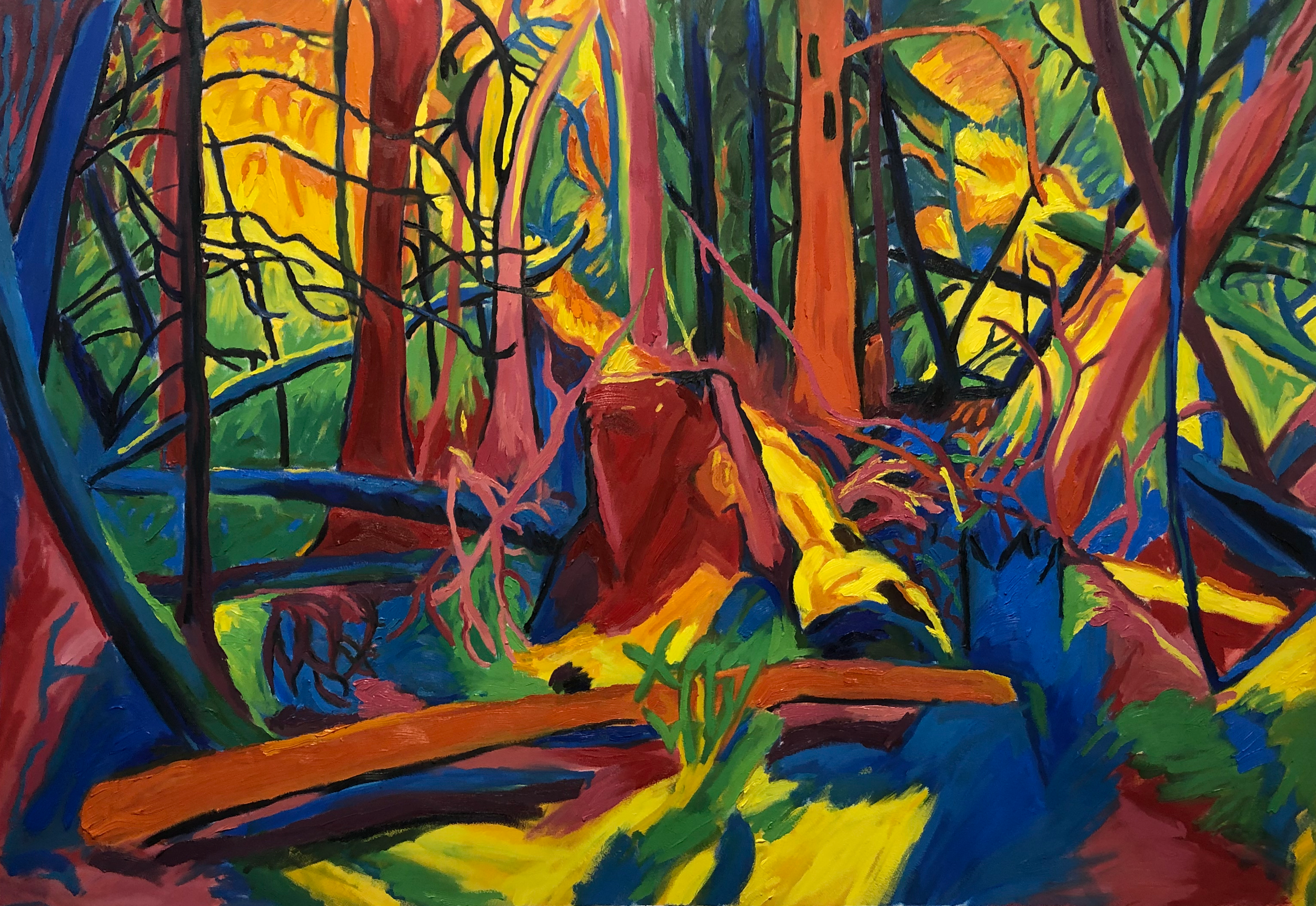
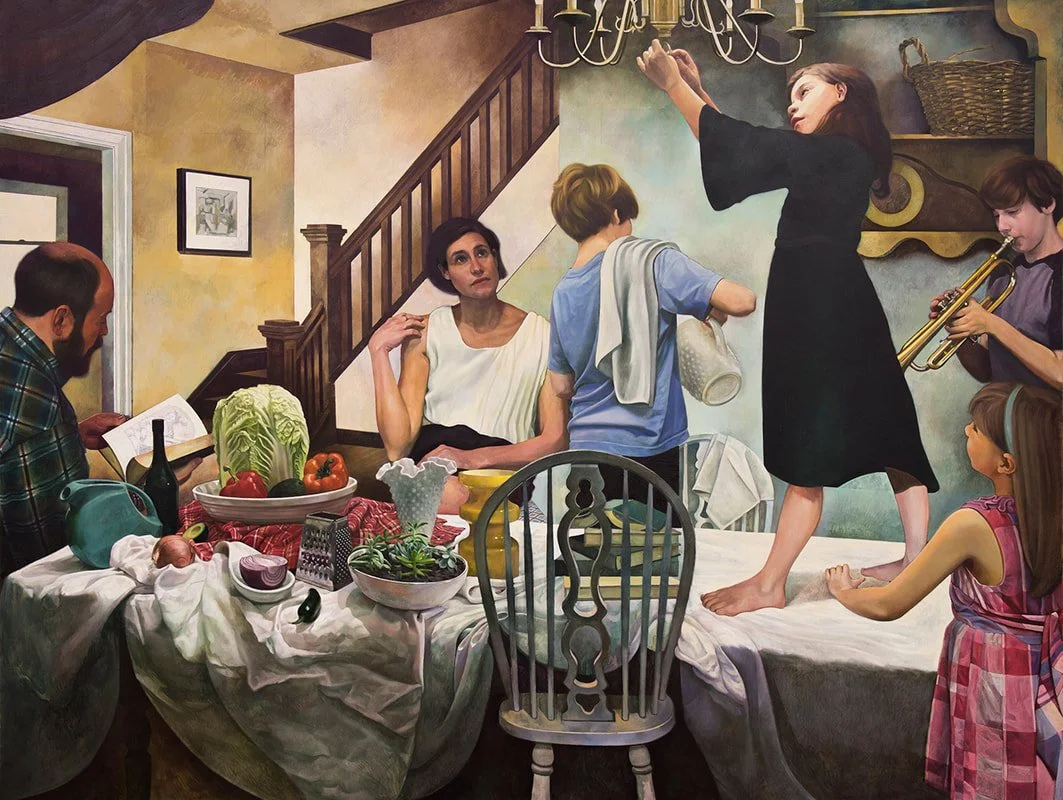










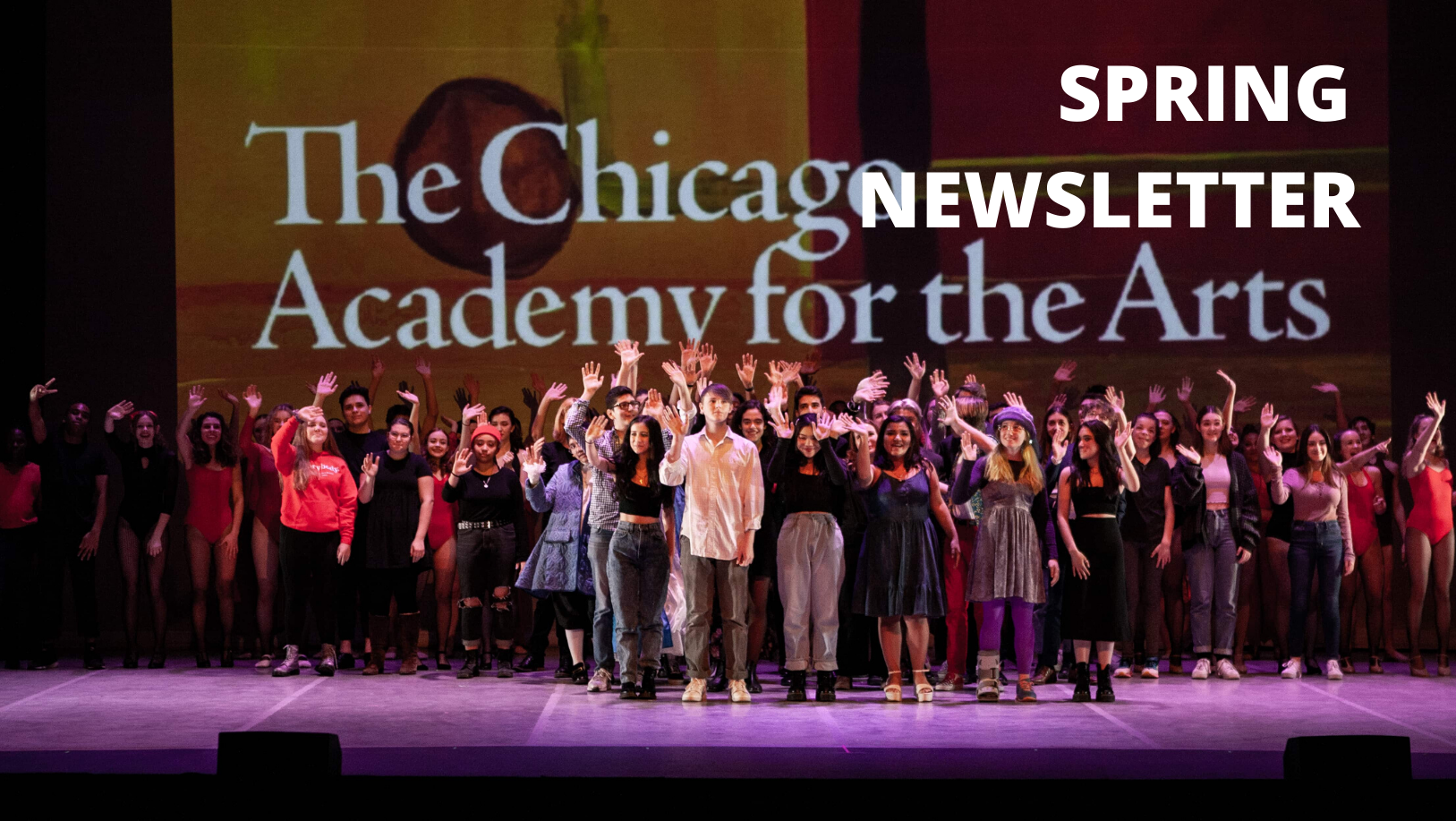









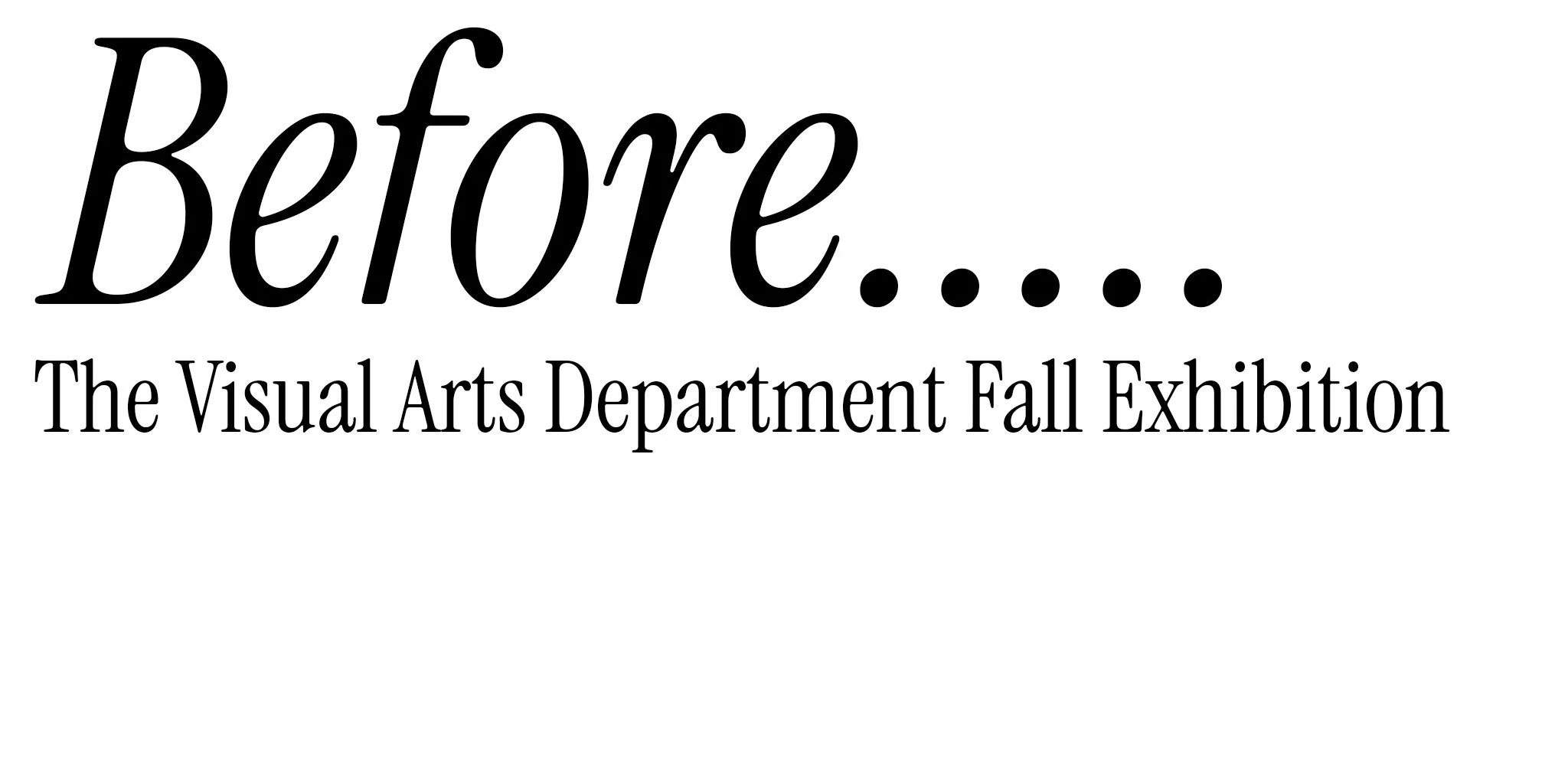
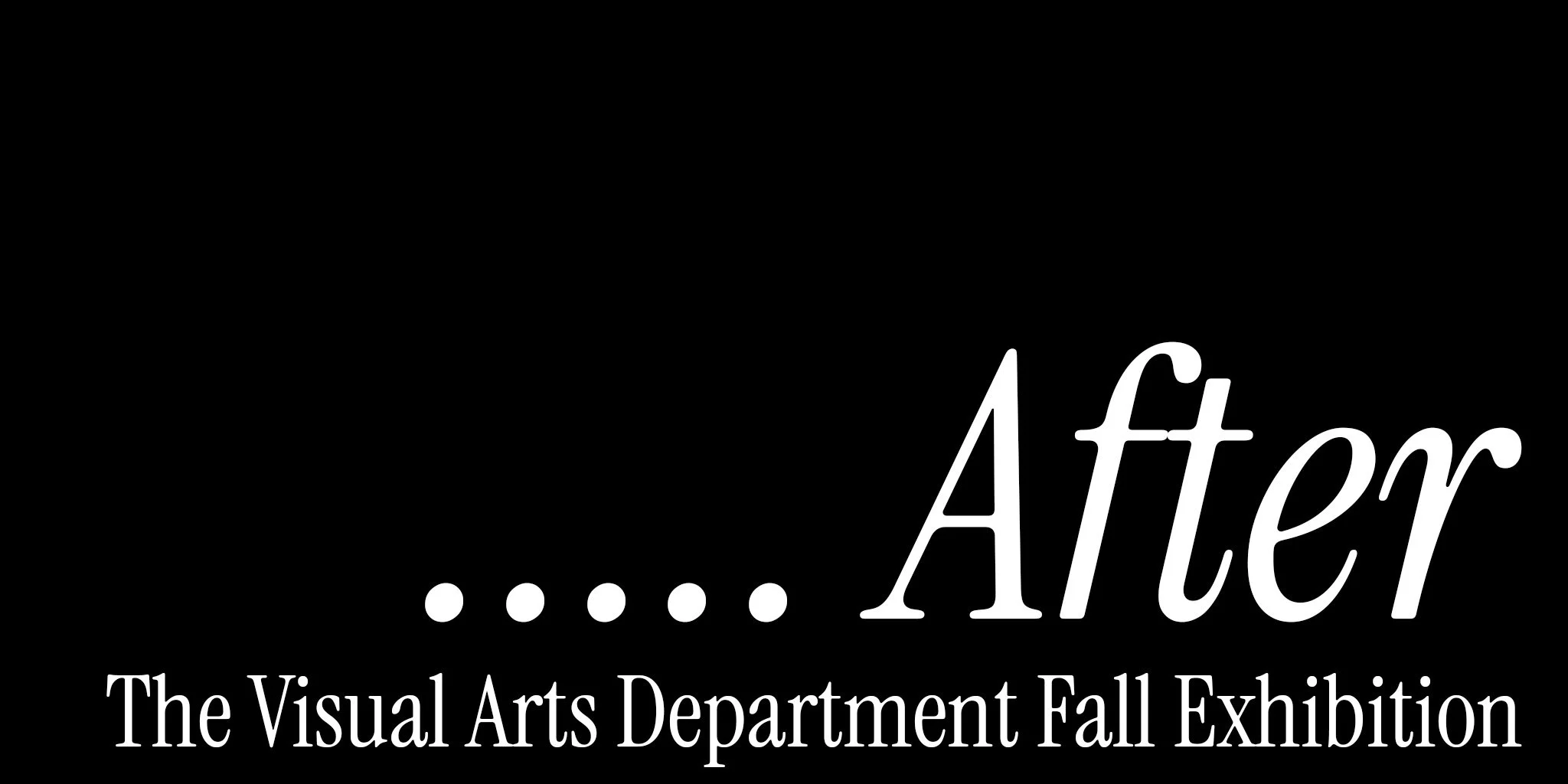














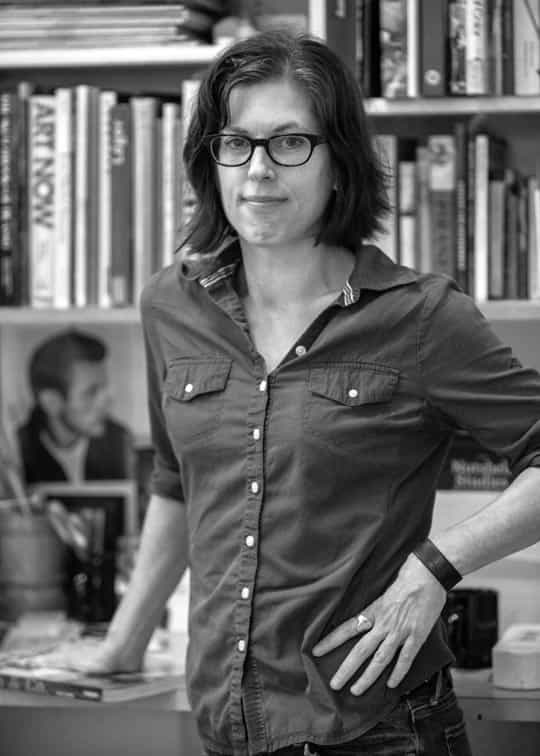

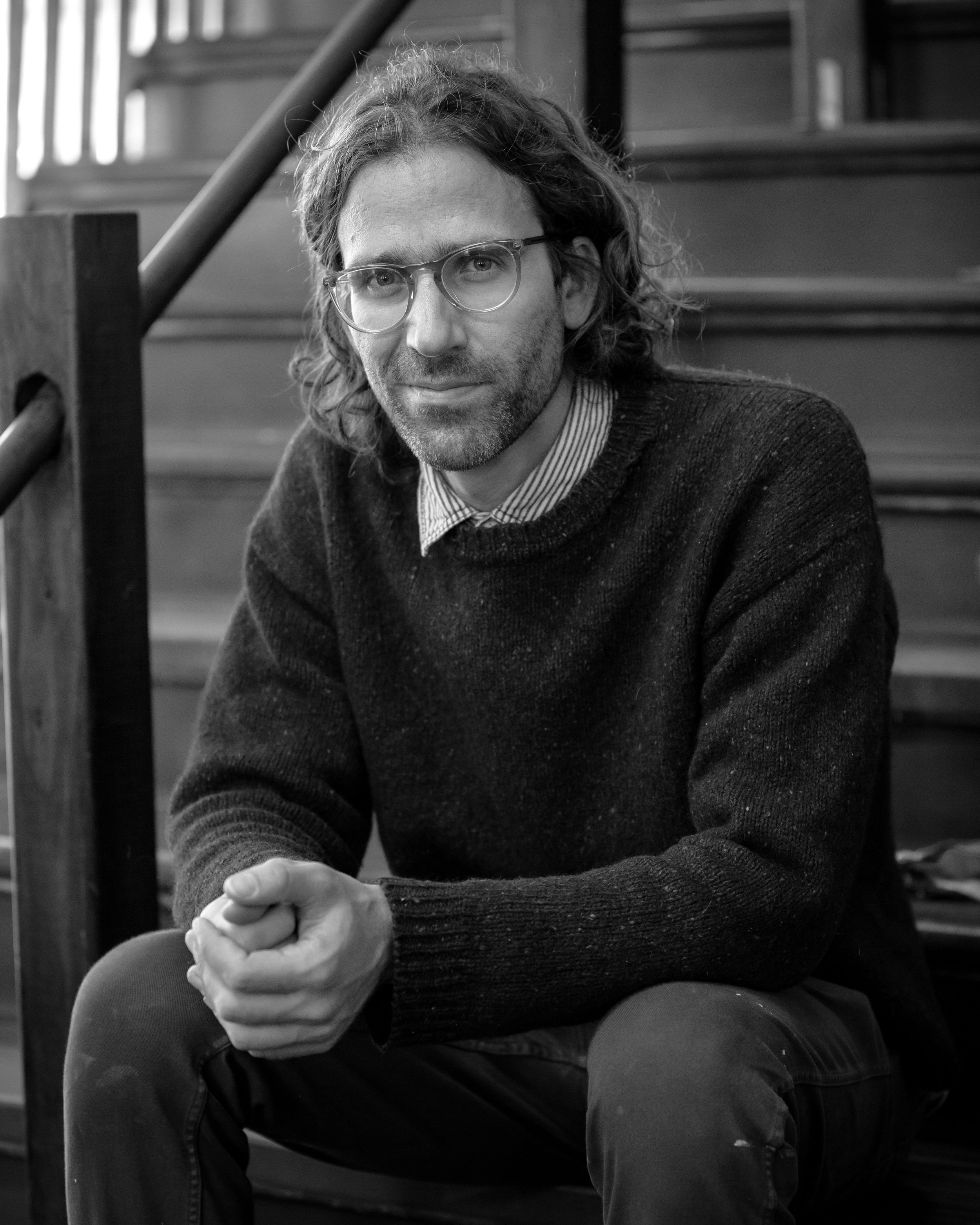
Design introduces students to the principles and theories of visual design that provide a foundation for future investigations in the visual arts. The elements of design and the principles of composition are taught through ongoing technical exercises that explore the relationship of form and content, as well as medium and meaning. Students understand design as a process, design vocabulary and learn how to visually order, manipulate and control the composition the of two-dimensional planes and three-dimensional forms. Students practice how to explore and carry a concept through two, three-and four-dimensional forms that incorporate digital mediums such as photography and Adobe Photoshop. Projects are of varying duration and students learn how commit to long-term projects and develop the necessary discipline to maintain an extended focus. Critiques are held at regular intervals and students learn how to evaluate and discuss an artwork, how to give and capitalize on constructive criticism. Readings and field trips further provide a solid base, critical thinking opportunities, and an inquisitive edge that students build upon in their future coursework.